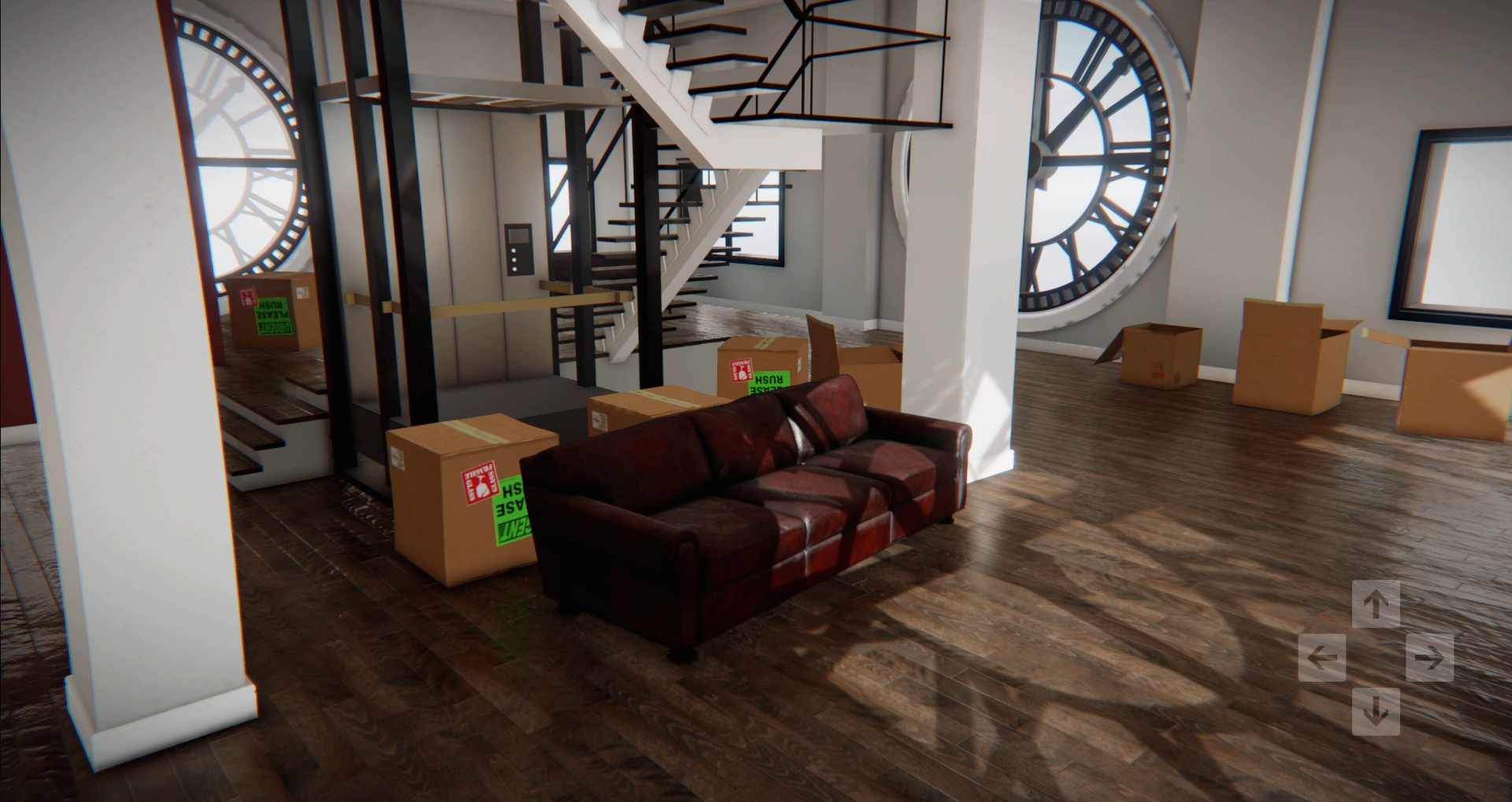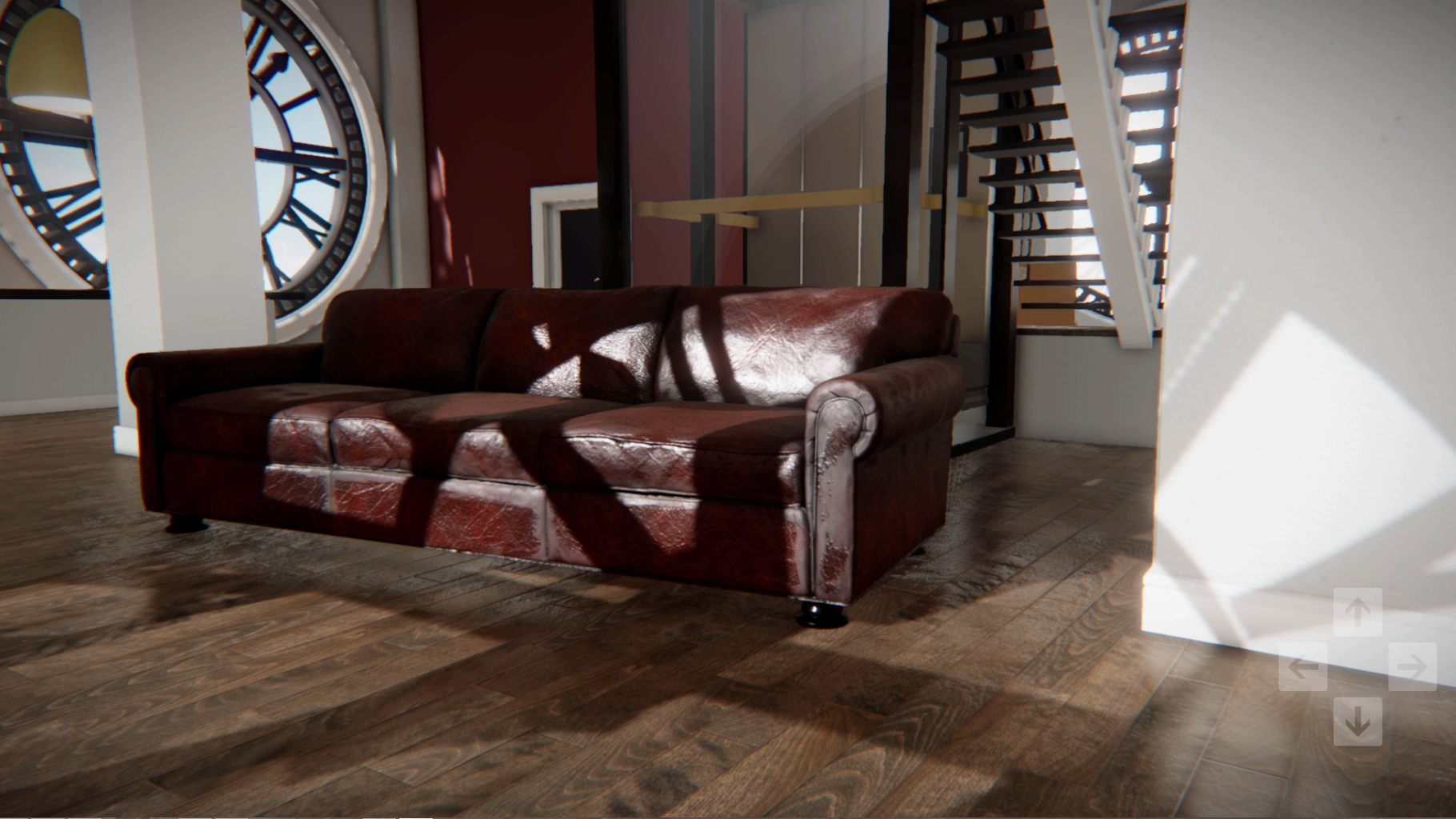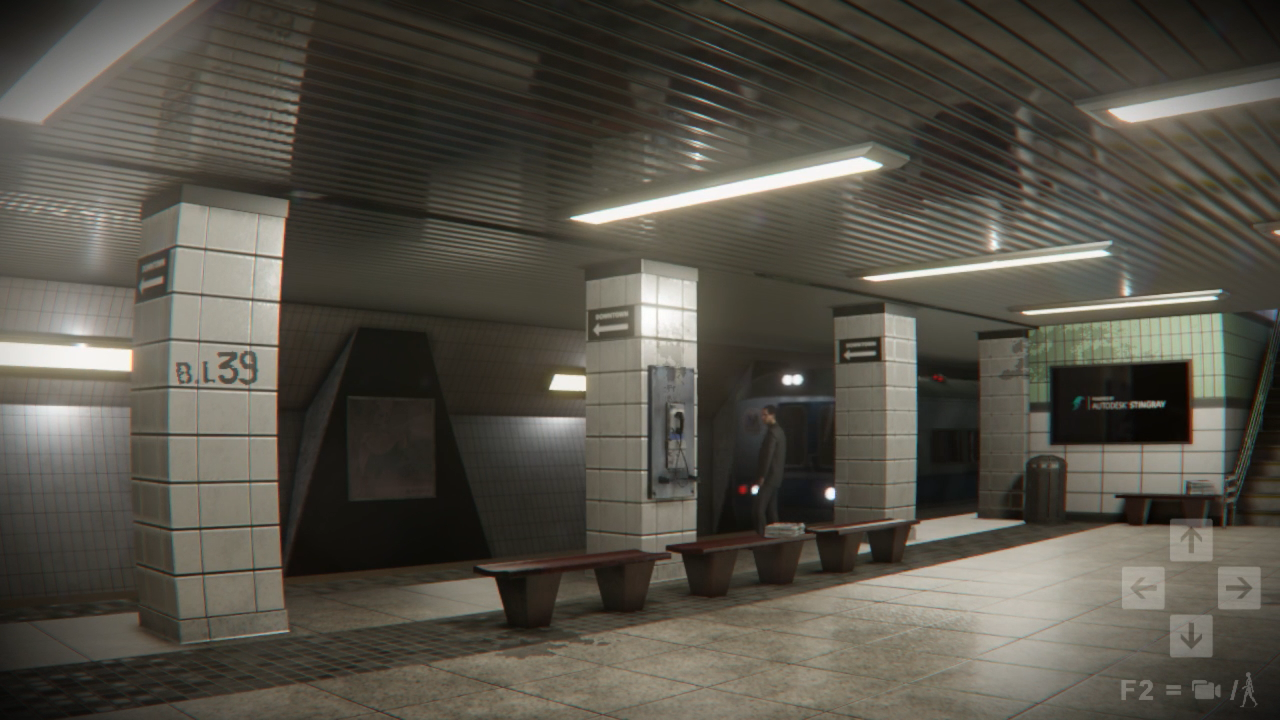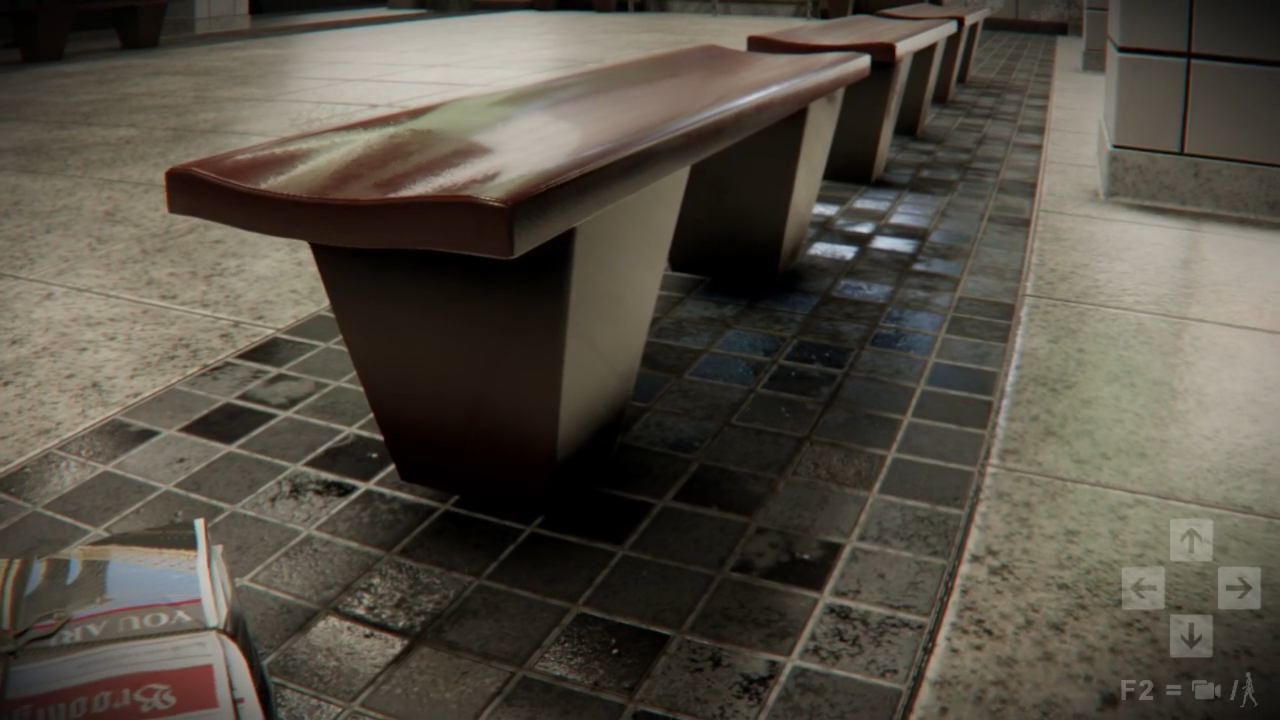Autodesk Gets Its Game On With Stingray Game Engine
In the creative industry, especially in the 3D and game development realms, Autodesk is already a very popular name. Responsible for 3D modeling and animation software like Maya and 3D Studio Max, the company has had one foot already in the gaming world. Today, however, Autodesk ventures even further to plant both feet solidly in the game development market. With its new multi-platform Stingray game engine, paired with its plethora of creative tools, Autodesk gets into a position to offer the industry with an unprecedented integrated workflow that embraces not just programmers but also designers from start to finish.
A game engine is practically the brains of a game. Almost like what an operating system is to a computer, it is in charge of managing the different resources and assets and orchestrating the different components that all work together to make one, coherent, immersive gaming experience. While a game engine has many parts, bulk of it lies heavily on subsystems like graphics, rendering, physics, and other parts that deliver the visual feel of the game.
This is exactly the area where Autodesk has a distinct advantage over popular engines like Unity 3D, Unreal Engine, or CryEngine. It has decades of experience when it comes to creating the visual assets of games. It has industry-proven experience in rendering, physics-based dynamics, and animation. So when you add an honest to goodness dedicated game engine into the mix, you're looking at what Autodesk calls a seamless and smooth workflow from creating art assets to running them in the engine.
That's not to say, however, that Stingray is merely an extension of tools like Maya or 3ds Max. It is a game engine in its own right worthy of note. Based on the Bitsquid 3D engine that Autodesk just recently acquired, Stingray's call to fame is its Data-Driven Architecture. In a nutshell, what this means that everything that drives a game is defined in data files and scripts. No mucking around in the engine's source code just to change something. In fact, modifying a game's flow can easily be done either through a visual node editor or the favorite game scripting language Lua. And although Stingray uses Autodesk's expertise in areas like rendering, shading, particle effects, and post processing, it doesn't claim to do everything by itself. It includes well known libraries like HumanIK for rigging and movement, Scaleform for user interfaces, and NVIDIA PhysX for physics.
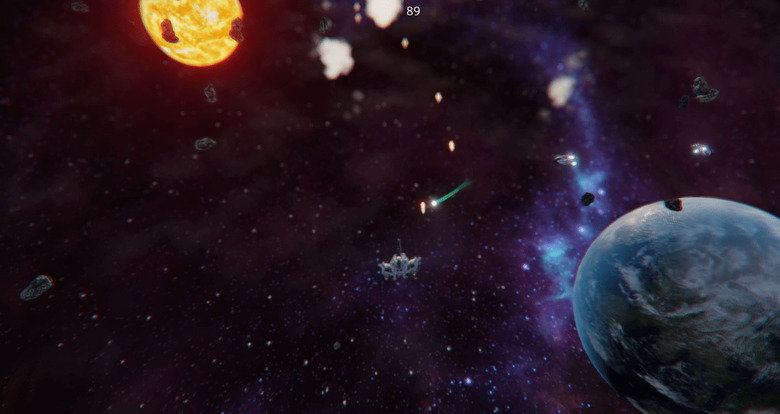
Starting August 19, interested developers will be able to purchase a subscription for Autodesk Stingray to bring their game ideas to a wide variety of platforms, including Windows 7 and 8 (surely Windows 10 will come after), consoles like the PlayStation 4 and Xbox One, VR headsets like the Oculus Rift (DevKit 2), and mobile like Android and iOS. The price tag is $30 per month and Autodesk will eventually offer it as part of the Maya LT Desktop Subscription. That last part might be the bitterest pill to swallow regarding Stingray, at a time when the likes of Unity and Unreal are wooing indie game developers with free tiers.


